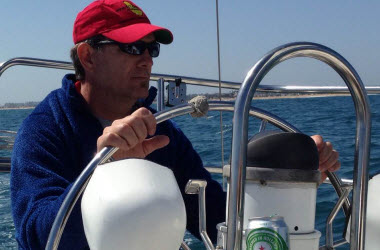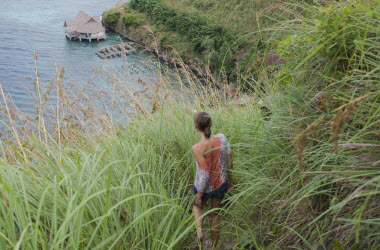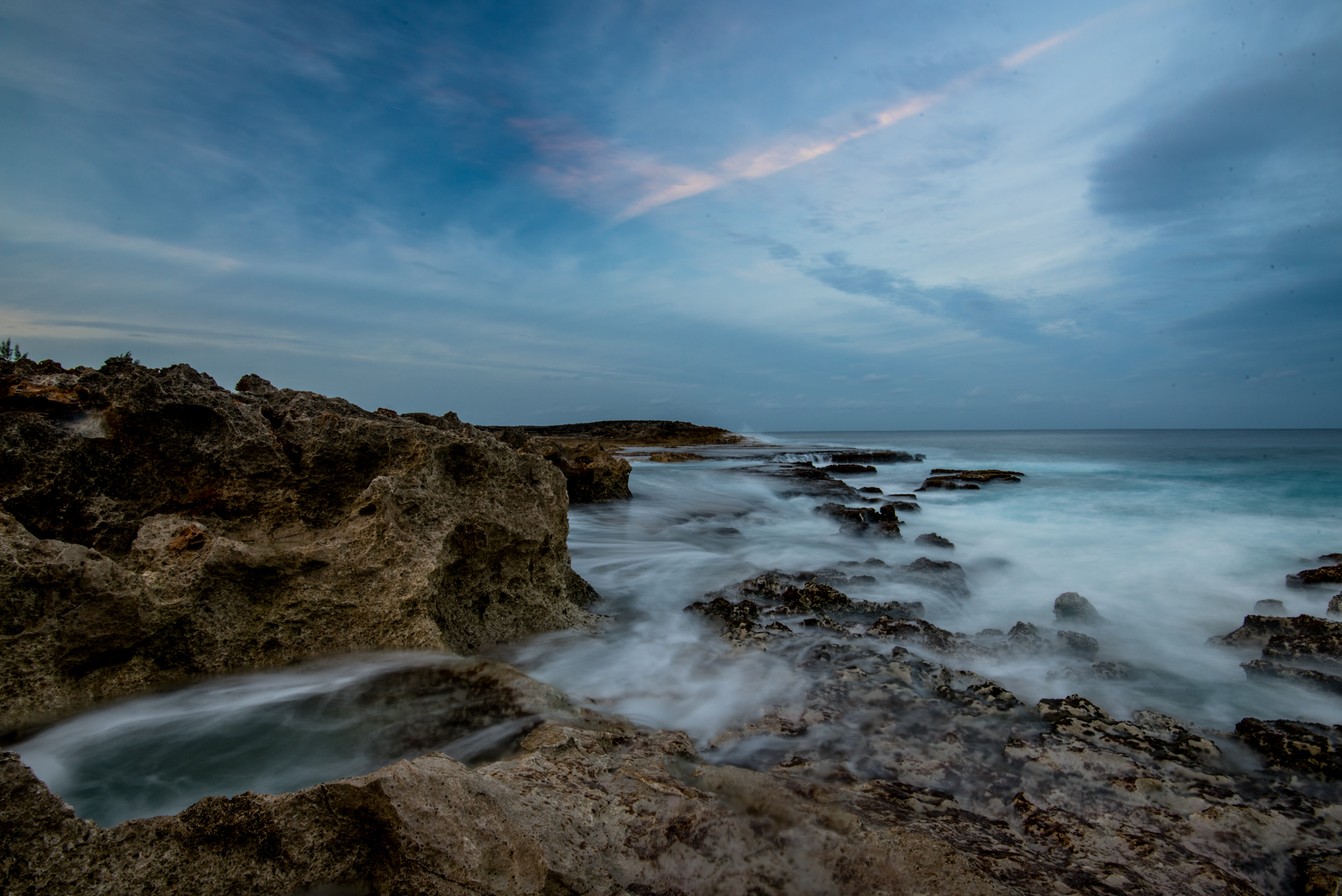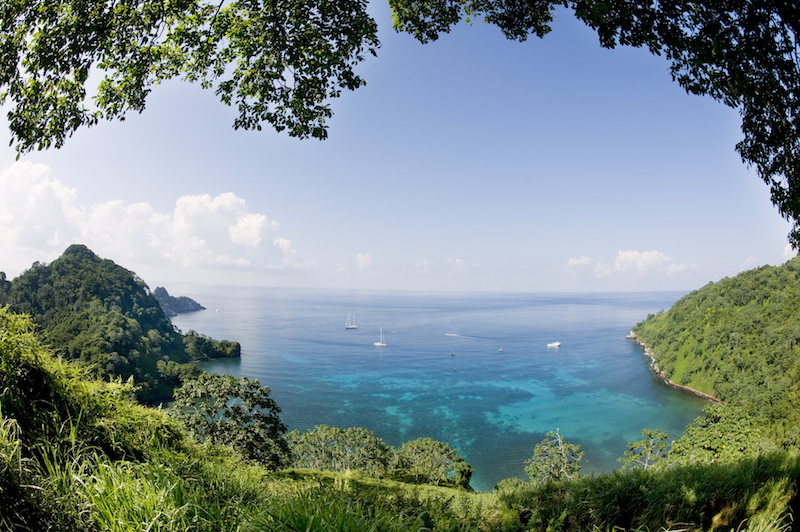July 12, 2016
There are many drivers of change in our natural environments. Some happen over long periods of time and some can happen very quickly. Changes that occur naturally happen over long periods of time - millions of years - and have led to what we see today.
The biggest drivers of change throughout the oceans are due to the evolving difference in the shape of the Earth’s landmasses. Major changes in global climate and sea level are also contributing factors. In fact, the position the continents are in today is not how they always were. At one time, all of Earth’s landmasses were clumped together in one super continent. 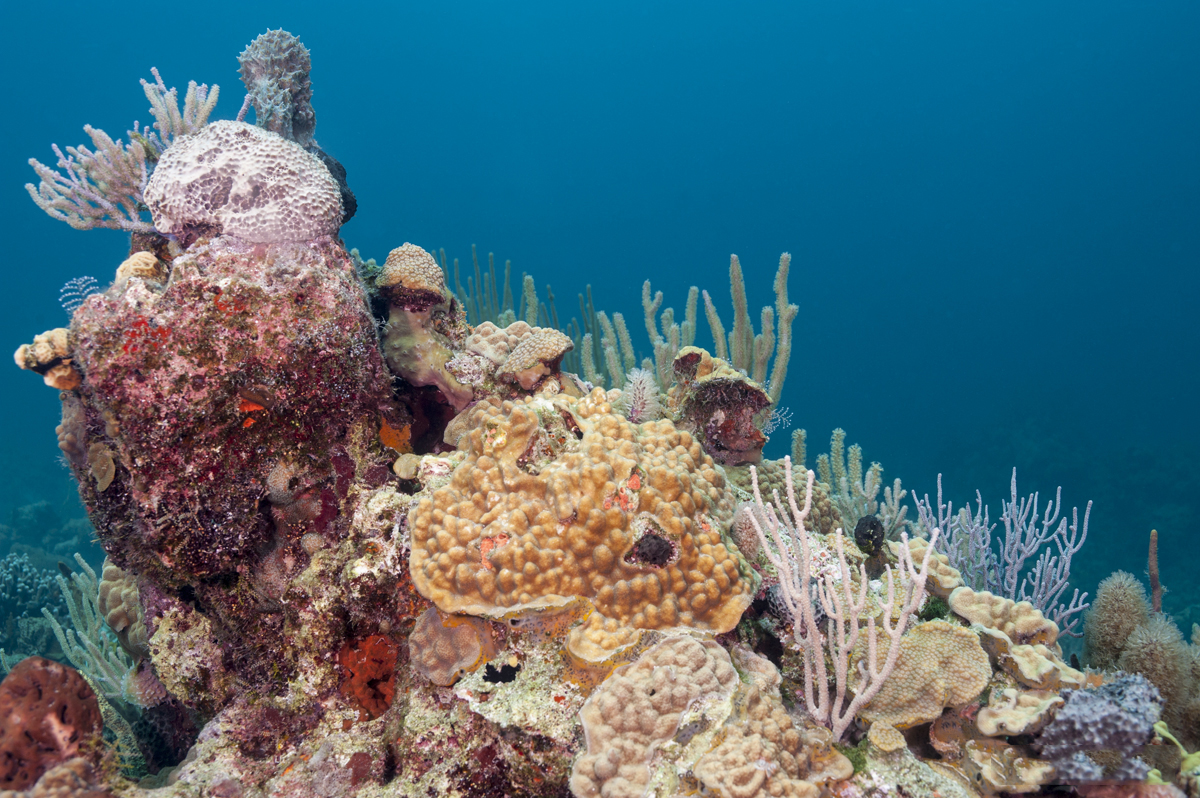 Over hundreds of millions of years, they have moved apart to form what we see today. Within the past 3 to 4 million years, one of the most important geological events happened that led to the changes and differences we observe between the coral reefs of the Indo-Pacific and Caribbean.
Over hundreds of millions of years, they have moved apart to form what we see today. Within the past 3 to 4 million years, one of the most important geological events happened that led to the changes and differences we observe between the coral reefs of the Indo-Pacific and Caribbean.
What was this great geological event? The formation of the Isthmus of Panama. It doesn’t sound overly exciting, but this small strip of land linking the north and south American continental plates was the most pivotal moment leading to the differences in reef biodiversity we see today. Prior to this event, warm water dwelling fish, animals, and other organisms were free to pass through the two plates, meaning the coral reefs of the Atlantic and Pacific Oceans were connected. If we were to go diving 4 million years ago, we would see far fewer differences between the Caribbean and Indo-Pacific coral reefs than we see today.
As landmasses moved, volcanoes erupted creating more land and the sea level fell causing the land bridge, the Isthmus of Panama, to form. 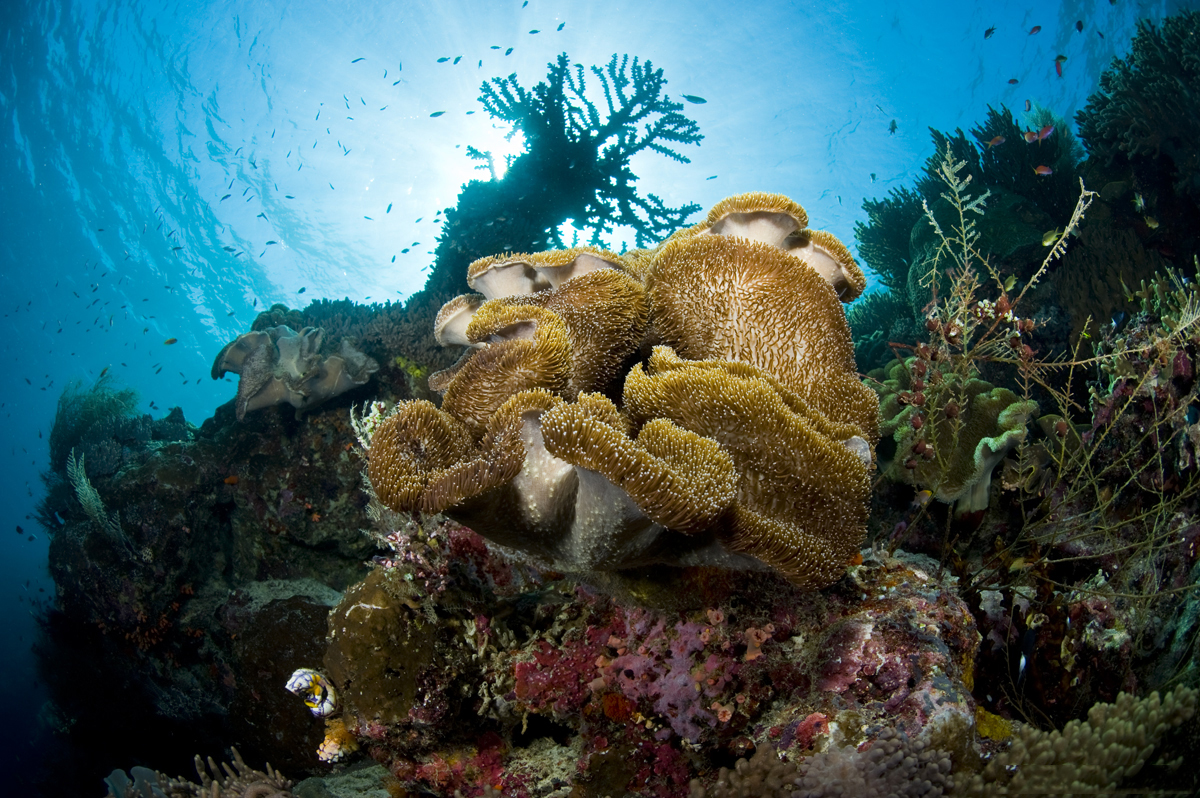 The land bridge closed off the two oceans, forever preventing the animals and plants on either side to meet again. You may ask yourself couldn't they just swim around? For cold water dwelling species they could, but for members of warm water coral reefs, the water temperature at either pole is much too cold for them to survive the journey.
The land bridge closed off the two oceans, forever preventing the animals and plants on either side to meet again. You may ask yourself couldn't they just swim around? For cold water dwelling species they could, but for members of warm water coral reefs, the water temperature at either pole is much too cold for them to survive the journey.
The isolation of the coral reefs on each side of the Isthmus of Panama set the baseline for the differences we see today. Over time this isolation led to evolutionary changes in the species found in either ocean. Although the species were initially the same, once divided they evolved separately as they adapted to different environmental pressures. Eventually, the entire reef communities changed and all but a few fish and coral species seen today in the Caribbean are completely different to those found in the Indo-Pacific.

